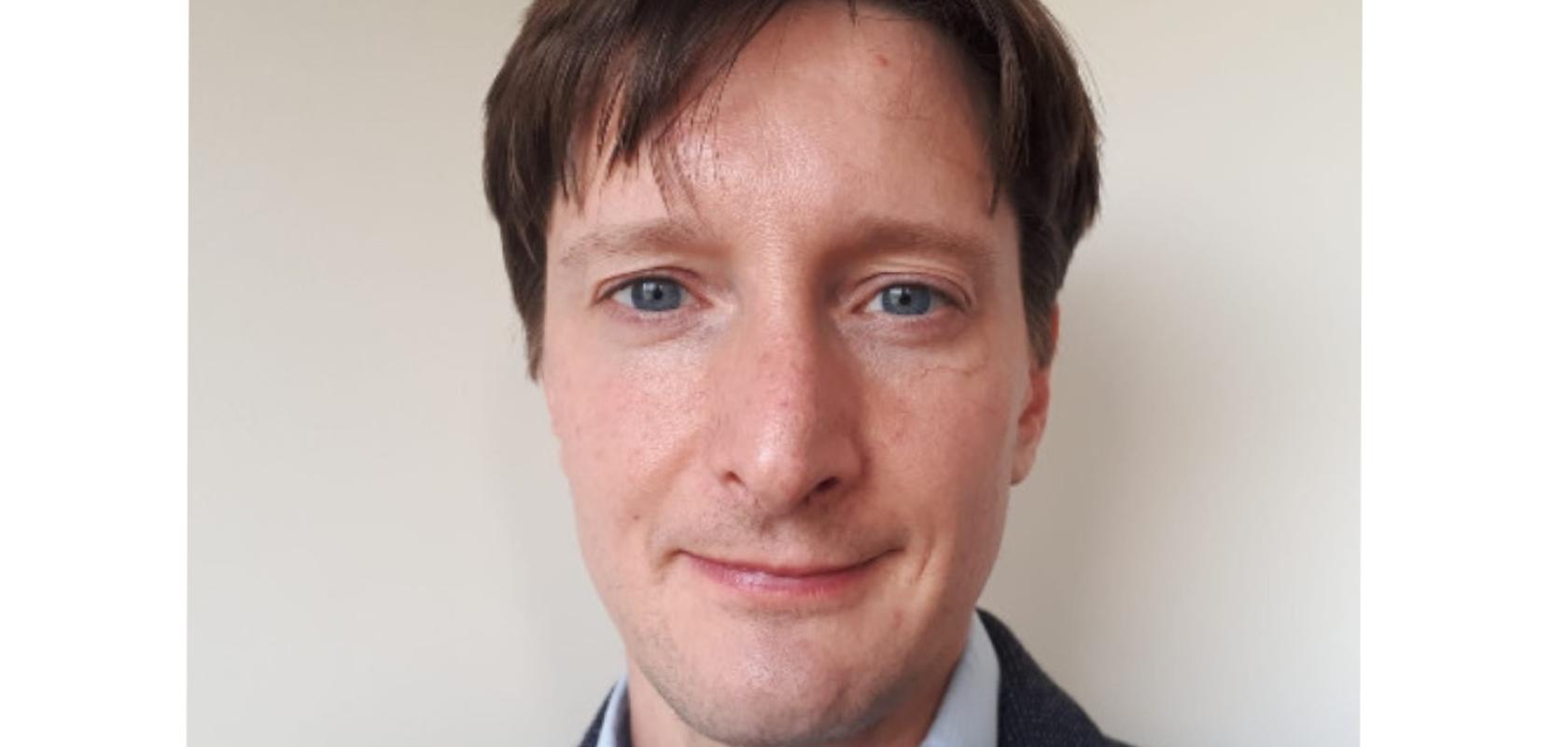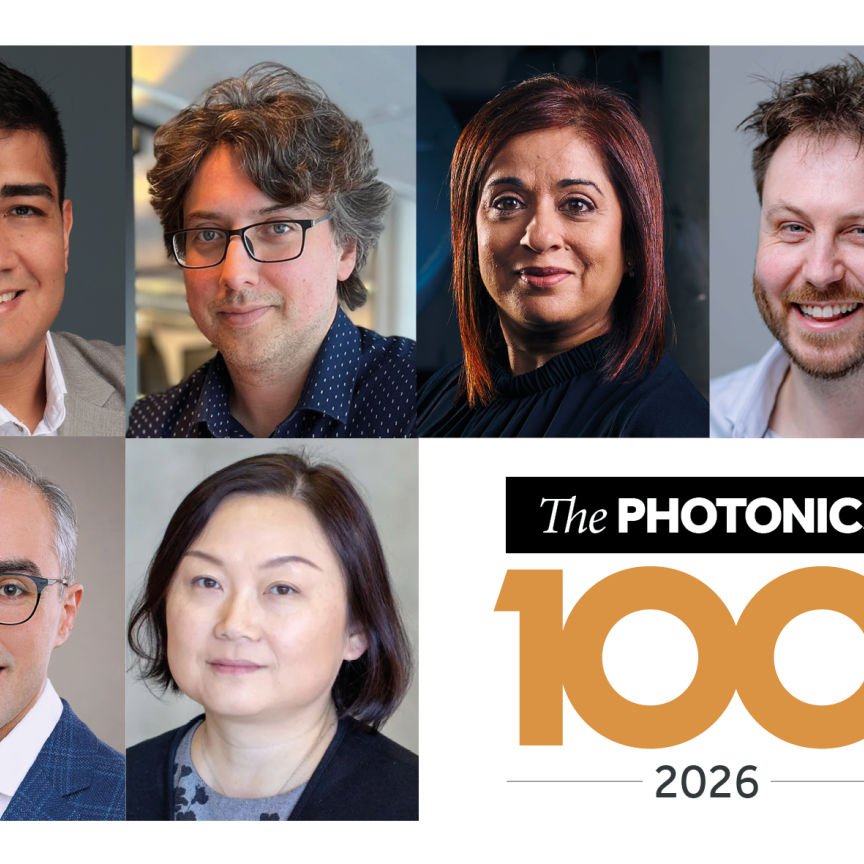Imaging & Machine Vision Europe talks to previous honoree of The Photonics100 Lieven Penninck, CEO of PlanOpSim NV, a specialist in optical modelling and design from the macroscale down to the nanoscale.
What is the next big thing in your area of photonics research?
The development of ultra-compact sensors and imagers. These sensors will become the backbone of ever smarter devices.
What do you think the biggest challenges in your area will be over the next year?
I think we are on the brink of large-scale application. Two major challenges need to be overcome for this. The first is identifying winning applications where meta-surfaces can realise their promise of becoming game-changing components. The second is industrialising from small scale prototyping to high-volume manufacturing. Both are formidable tasks but I’m confident these will be overcome by the R&D community in the coming years.
What is the biggest personal challenge you have overcome?
I’ve had to learn to find a pace where I can work to the best of my capabilities and at a level I can sustain for a long time. I’ve had to learn when to take a step back to refresh physically and mentally and not take setbacks personally.
What advice would you give to someone embarking on a career in photonics research?
In photonics you will be surrounded by very bright people, so try to learn as much as possible from everyone you meet. My periods living outside my home country were highlights in terms of professional and personal experience. Photonics is a great field if you want to work internationally and your university or early career years are the best time to do so. Finally, spend some time to figure out what kind of work environment works best for you: small or large organization, academic or industrial, and so on.
Who has been the biggest help to you in your career?
I owe a great deal to my PhD supervisor Professor Kristiaan Neyts, as well as the experience built up outside of academic and professional life through community volunteering.
Who, in your opinion, are the up-and-coming R&D ‘rock stars’ in your area or organisation?
I am fond of the work of Francesco Monticone and Owen Miller who make great contributions to the underlying physical limits of nanostructured components. Nano-structures can do a lot but they cannot do everything. There is a general lack of understanding of what is possible, what may be possible, and what is impossible.
You can make your nomination for The Photonics100 2024 here.


